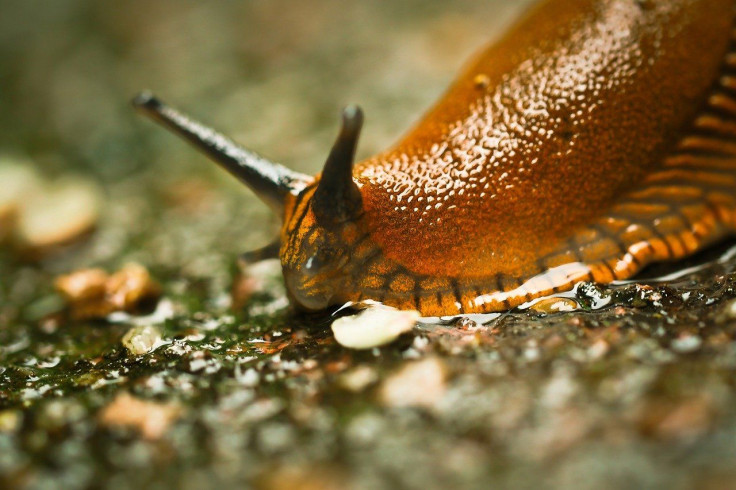Forget Regrowing Limbs: These Slugs Decapitate Themselves, Regrow Entire Bodies
KEY POINTS
- A scientist found a sea slug that could move without its head
- The discovery was captured in a creepy video
- Her team found that the sea slugs in their lab could decapitate themselves
- The older ones' heads died but the younger ones regrew bodies
There are animals we know of that are capable of regrowing limbs or tails, but researchers discovered a whole new level of regeneration: sea slugs that decapitate their own heads and regrow their entire body.
It may sound like something out of science fiction but it's real. The discovery was made when study lead author Sayaka Mitoh of Nara Women's University in Japan found out that one of the sea slugs in the laboratory could still move around even if its head had already been detached, reported Gizmodo.
This means that the slug head was moving around without a heart and digestive system, body parts that humans find vital to surviving.
In a rather creepy video of the decapitated slug, one can see its head moving around the already-detached body.
The university does culture sea slugs to study them, but the discovery was still quite a surprise.
"We had not thought they would perform such an unusual autotomy," Mitoh told Gizmodo in an email. "This finding was completely a serendipity."
Among the sea slugs that decapitated themselves, the older ones did not eat and eventually died but the younger ones survived, a Cell Press news release explained.
However, the surviving slugs did more than live without their entire bodies. The heads of the younger slugs actually began to feed within hours after being detached and eventually started to regenerate new bodies, reported Science News
Within 10 days, the slugs had regrown their hearts. Twenty days after the decapitation, about a third of the sea slugs had regrown their entire bodies.
As for the bodies that shed earlier, they continued to move for a while, albeit sluggishly, but did not regenerate a new head. Eventually, the bodies died.
Why Do They Decapitate Themselves?
In other animals that can detach their limbs, they do so to escape from predators. However, the sea slugs take hours to decapitate their heads, so the researchers found it unlikely to be a means of evading predators, Science News explained.
Instead, it's possible that the sea slugs may decapitate themselves when they are infested with parasites, the researchers suggested. By doing so, the sea slug can be free of the parasite-infested body.
How they end up surviving and regenerating is also quite incredible. The researchers believe that the creatures' ability to photosynthesize could be behind this incredible skill. And since young slugs don't have chloroplasts, they utilize the chloroplasts from the algae that they eat then get their energy via photosynthesis, much like plants do.
The researchers observed the incredible ability in two sea slug species. Although more study is needed to fully understand the creatures' ability, the discovery shows that there is so much more to learn about them.
The study is published in Current Biology.

© Copyright IBTimes 2025. All rights reserved.






















